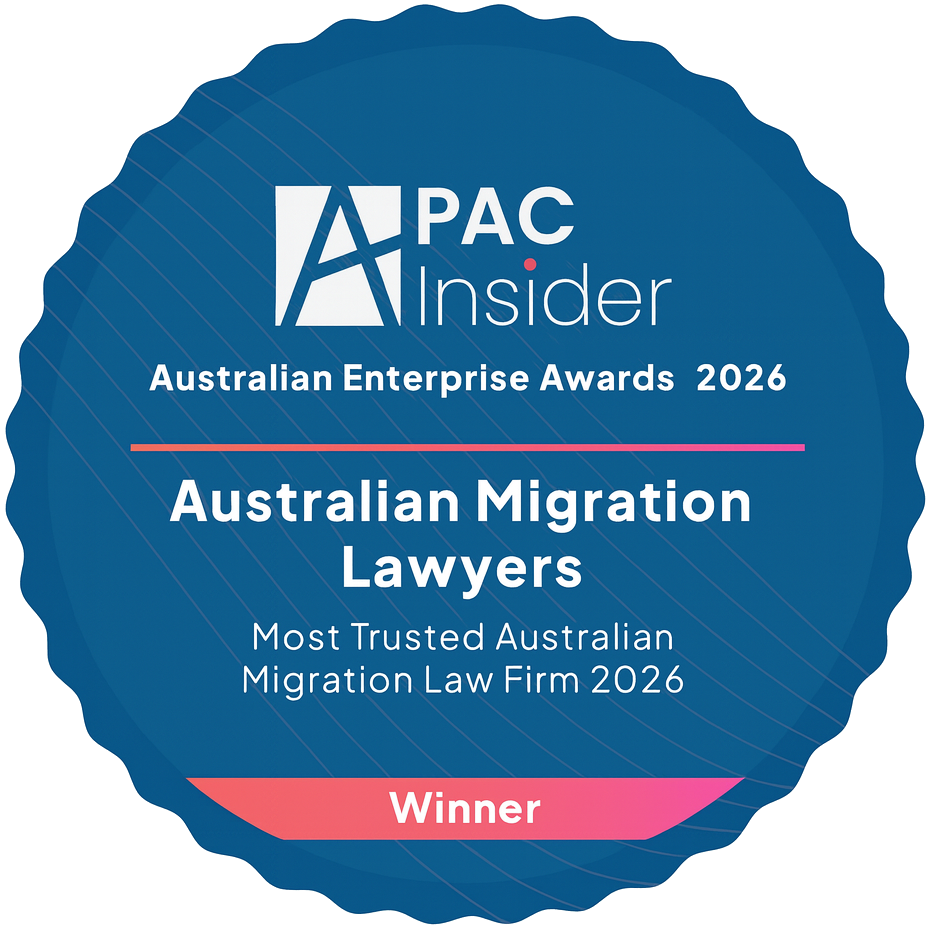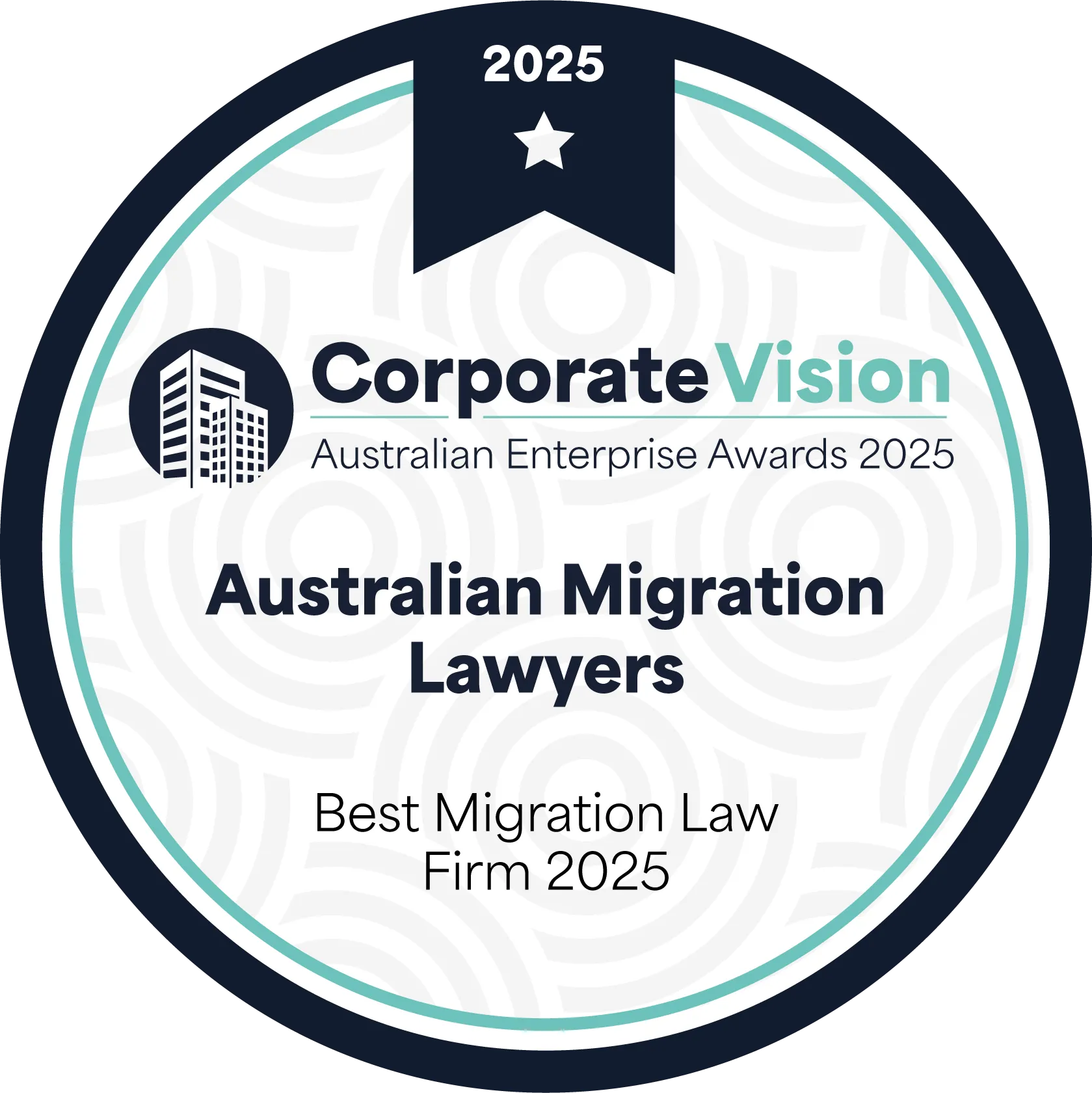The Employer Nomination Scheme visa is a permanent residence visa that allows skilled workers to live and work in Australia indefinitely. Most visa applicants will apply for the 186 visa after holding a subclass 482 Skills in Demand visa for a minimum of two years (Temporary Residence Transition stream), however it is also possible to apply for it directly with a suitable skills assessment (Direct Entry stream).
The employer sponsored 186 visa has the benefit of connecting the primary applicant to their sponsoring Australian employer, which may allow for greater worker retention and stability, however it is important for employers to consider the costs associated with the visa to ensure that the benefits are cost effective.
This article aims to outline the costs involved, as well as the benefits of this pathway when compared to other permanent residency options, and is intended to help Australian employers decide whether this option is worth offering to sponsored employees.
Direct costs associated with the ENS
There are a number of Government fees relating to the employer nomination scheme visa, which are outlined below.
Application Fees
- Primary application fee - $4,910 for all streams
- Secondary application fee (above 18 years old) is $2,444
- Secondary application fee (below 18 years old) is $1,230
Skilling Australians Fund (SAF) Levy
- The Australian employer must also pay a SAF levy when nominating workers for the 186 visa. The SAF levy varies depending on the annual turnover of the sponsoring employer. The SAF levy is $3,000 if the business turnover is less than $10m, and $5,000 for sponsors with an annual turnover greater than $10m.
Other Government charges
- Costs related to health examinations, police certificates, and English language tests for the nominee. For the Direct Entry stream, the overseas worker will also need to apply for a relevant skills assessment. These will vary depending on the required assessments and providers. These examinations and clearances will be required to meet the health and character requirements of the visa.
Alternatively, you can use our online Fee Calculator for an instant estimate:
Indirect costs and considerations
In addition to the Government costs involved in an employer sponsored visa, there can be additional indirect costs associated with an employer sponsored visa application. While these fees may not always be relevant, it is worth considering some of the costs that might not be immediately obvious when looking at this pathway.
Migration Agent or Lawyer fees
- Applications for any visa can be complex, and it will generally not be possible to get a refund if your application is refused due to a failure to meet the relevant criteria or provide required information and evidence. Lawyers and migration agents can assist with the process, and provide guidance on navigating the complex legislation and policy requirements in order to provide you with greater certainty and a significantly higher chance of approval. Different lawyers and agents will charge fees at their own rates, with some charging on a time basis, and others providing fixed fees for applications. At Australian migration lawyers, our fees are fixed and competitive, providing the nominating employer and visa applicants with certainty around costs and the knowledge that they will always have access to their representatives without incurring additional costs for correspondence and advice.
[free_consultation]
Claim your consultation
If you are interested in getting more information about a work or skilled visa, get in touch with Australian Migration Lawyers for a consultation.
[/free_consultation]
Recruitment and relocation costs
- Depending on the circumstances, for example, if you are looking to sponsor a worker under the direct entry stream, you will generally incur costs in the process of recruiting a suitable worker. Under the Temporary Residence Transition or Labour Agreement streams, these recruitment costs would have likely been incurred for the applicant’s previous 482. Regardless, it is important to be aware of the costs associated with advertising for positions and assessing applicants for their suitability for the role.
- It is not a legal requirement for sponsors to cover the costs of relocating workers under a 186 visa, however these expenses can sometimes be addresses within the employment contract where an employer might choose to provide some assistance. This is especially relevant for employers in highly skilled occupations or in regional or remote locations. The same can be included for the visa application fee, if the employer chooses to cover the costs in order to entice skilled workers. The inclusion of these provisions should be considered on a case by case basis.
Training and onboarding
- A business will also generally incur costs relating to the investment required for training and integrating the overseas employee into the Australian workplace. Depending on the nature of your business and your Human Resources processes, these fees may be the same as those incurred when employing Australian workers, however there may be different processes and workplace requirements depending on the visa applicant’s country of origin.
Cost-saving tips
Before looking to sponsor workers on any employer sponsored visa, you should consider any and all cost-saving methods that you can implement in order to ensure that the process is cost-effective. The benefits of addressing worker shortages are self-explanatory, and can sometimes be crucial to a success of a business, but implementing some of these processes can help to make the benefits even greater.
Planning and budgeting
- You should develop a clear understanding of the costs associated with the subclass 186 visa sponsorship process. Budgeting ahead of time can help manage expenses effectively.
Government incentives and support
- Certain industries, as well as regional employers, can access Government incentives to assist with the costs of recruitment, including immigration and training costs. If eligible for these incentives and schemes, these programs may greatly offset the costs of visa sponsorship. These schemes may also be available to support a visa applicant or their eligible family members with the visa application fee.
Leveraging legal and migration advice efficiently
- Obtaining accurate migration advice is crucial to ensuring your 186 visa application is successful, as refusals will not only result in the loss of any fees that have been paid, but will delay you from filling shortages that are detrimental to your business. You should obtain advice from qualified professionals with a high success rate, and utilise their skills and experience to assess the most cost-effective method of addressing your needs.
Long-term considerations and ROI
While the upfront costs of sponsoring workers on a 186 visa can be significant, the long-term benefits for the business will generally result in an overall return on the investment. The benefits include the following.
- Access to specialised skills in eligible skilled occupations that are in shortage in Australia
- Assistance meeting business needs and workforce requirements
- Greater diversity and inclusion within the workforce
- Long-term commitments and stability, especially when sponsoring an employer for permanent residency
- The transfer of international knowledge and skills
- Allowing experienced employees to remain in Australia permanently without further visa applications, and to eventually become an Australian citizen
Having an international worker that you sponsored on a subclass 482 visa, and then assisted with a further visa application to secure permanent residence, will often result in a healthy employment relationship where the employee has a strong connection to the company. This is often the case with 186 visa applications in the Temporary Residence Transition stream. Furthermore, while it is not a condition of the visa, part of the application process involves an agreement from the primary applicant that they will remain employed in the nominated occupation for a further two years from the date of the visa grant.
Support from Migration Lawyers
As discussed, a prudent assessment of the costs involved in an employer sponsored visa application, including an employer nomination scheme visa, can help to ensure the greatest return on investment. It is also worthwhile implementing cost-saving measures, including clear budgeting and effective support with the migration process, to maximise the benefits of the immigration program and 186 visa.
At Australian Migration Lawyers, we work with sponsors and visa applicants to determine the most suitable and cost effective pathways to secure skilled workers.

.webp)





